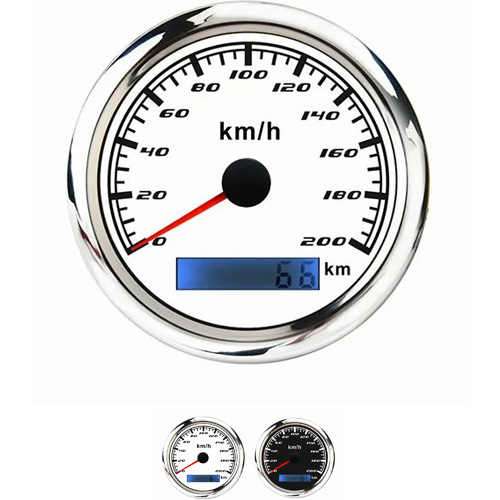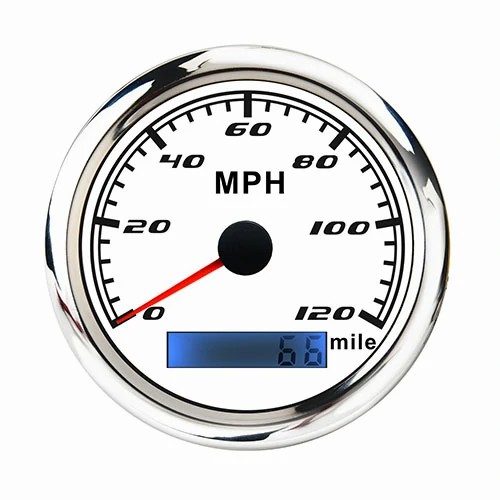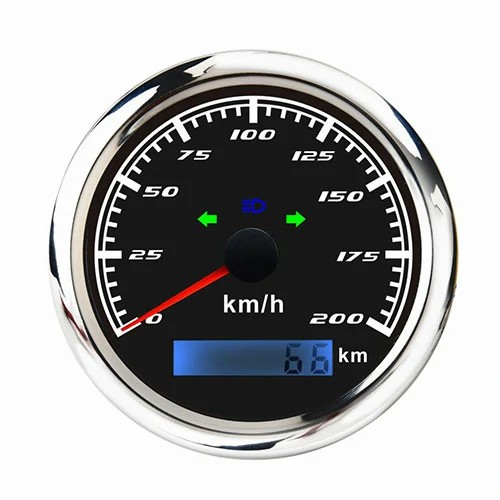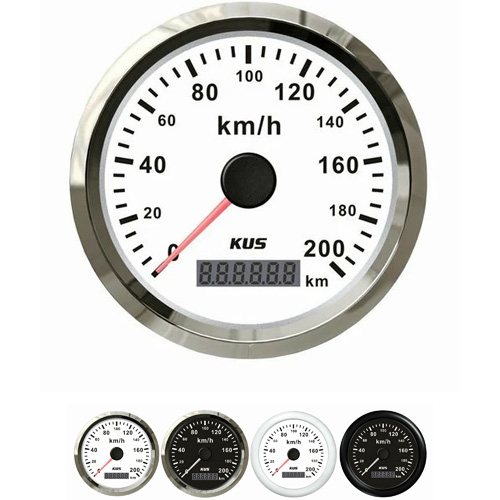calibrate speedometer for tire size
For a speedometer calibration test, let the gauge turn freely, then place it on the test bench, run it at different speeds, and compare the speedometer to the standard needle reading on the test bench. Run the speedometer on the test bench and pay attention to the noise, which should be lower than the required standard.The time for the test should be to run the speedometer to record several miles. All but a few spinning number wheels should be arranged evenly. A simpler method is to wait for the pointer to stop at zero to see if it is aligned. If there is too much grease on the watch head, it should be wiped off. The flexible shaft and cover should also be wiped clean. Some speedometer shafts have grease felt, or linoleum wire, on the shaft, and modern speedometers generally do not require lubrication.
Speedometer Accuracy The accuracy of the speedometer and odometer is related to tire size, rear axle pinion ratio, and gears that drive the meter. Changing the size of the tires and using a different rear axle ratio can change the accuracy of the speedometer and odometer. In order to ensure high precision, Since the pinion is replaceable, it is guaranteed to provide correct speed and mileage readings for a given tire size and rear axle ratio. On Dodge and other Chrysler cars, the speedometer error has dropped from 0-5% to 0-3%. The method is to increase the number of teeth of the gearbox output shaft worm gear and the speedometer drive pinion. This allows many different gear ratios to match more different tire sizes and rear axle ratios.
A gear adapter is now produced abroad. With the gear adapter, all speedometer gears are interchangeable. The shaft hole in the adapter is eccentric. Any of three sets of drive gears can be fitted to ensure the desired gear ratio so that the calibration can be made at at least three points of the dial, and the test bench of the speedometer requires that the tachometer be turned at a specified rate. This should be done according to the operating instructions provided by the speedometer manufacturer. Cable replacement for speedometer The flexible shaft may be damaged due to excessive use, lack of lubrication or because the casing of the flexible shaft is folded too much. To correct a flexible shaft housing that is bent too much, the clips holding the housing must be moved back and forth so that the housing can be straightened. If the flexible shaft is bent too much and has damaged the inner surface of the casing, it must be completely replaced, otherwise the rough and uneven places will cause the flexible shaft to be stuck and worn. Excessive wear on the speedometer head is another cause of damage to the speedometer flexible shaft.
 English
English 






Get a Quote / Info